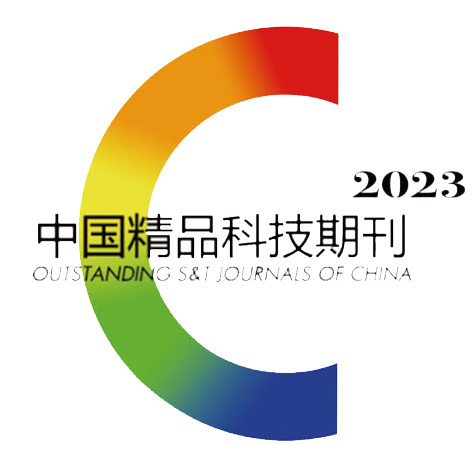Abstract:
Headspace solid-phase microextraction-gas chromatography-mass spectrometry (HS-SPME-GC-MS) and sensory evaluation were used to investigate the aroma characteristics of Pu-erh ripen tea from different production areas and stored for different periods. Twelve samples of Pu-erh ripen tea from four areas, namely, Dehong Mangshi, Lincang Shuangjiang, Xishuangbanna Menghai, and Pu'er Lancang with stored times of 3 years, 8 years, and 13 years were evaluated. A total of 103 aroma components were identified. The levels of alcohols were reduced in the tea samples from Pu'er Lancang and Lincang Shuangjiang, together with reductions in the flower and fruit aromas, in contrast to the samples from Dehong Mangshi and Xishuangbanna Menghai where these aromas were increased, especially the flower aromas. It was found that the contents of 1,2,3-trimethoxybenzene, 1,2,4-trimethoxybenzene increased in correspondence with the storage duration in samples from the different producing areas. Multivariate statistical analysis and odor activity values showed that 11 aroma components, including benzaldehyde, octanoic acid, 2-heptanone, and valeraldehyde, differed significantly between the different producing areas. Overall, 28, 30, 39, and 39 different types of aroma components were found in association with storage time in the samples from selected from samples from Dehong Mangshi, Lincang Shuangjiang, Pu'er Lancang, and Xishuangbanna Menghai, respectively. A total of 15 aroma compounds with OAV>1, and (E,Z)-2,6-nonadienal, (E)-2-nonena, and 1,2,3-trimethoxybenzene with OAV>100, were found to be the key aroma components in the Pu-erh Ripen tea samples, while 2-ethylhexanol, octanal, and
α-lononethere showed significant differences between different producing areas. The findings of the study reveal the characteristics of the aroma quality and provide a theoretical basis and data support for an accurate understanding of the aroma composition and changes in Pu-erh ripen tea from different producing areas and storage durations.




 下载:
下载: